Incorrectly calculated the amount of paint
One of the most popular mistakes, but it leads to unpleasant consequences. The necessary color may no longer be in the store, and if color was added to the paint, then creating a similar shade the second time will be very problematic.
Moreover, it takes time to go and buy paint - after all, it so happens that the most beautiful and suitable paint for you is located on the other side of the city. During this time, the applied layer will already dry several times and the joint with the new paint will be very noticeable.
Solution in this situation the most obvious and probable - you need to take a can of paint with a margin. But there will always be something to tint or, if you don’t want, you can simply return it to the store.
Badly diluted
Before painting, any paint must be mixed well so that there are no lumps left to a uniform consistency. See packaging for breeding recommendations.
It is equally important to know and how to dilute. For example, for oil paint, a special solvent is used, for a water emulsion - simple settled water from the tap.
It also happens that a color scheme has been added, but not thoroughly stirred. As a result, the fragments of the painted wall will differ from each other.
The solution to the problem is to first study the instructions on the package or simply consult with the seller. Well, be sure to stir the paint before applying.
Forgot to paint
Picked up the color and diluted it - in the can the paint looks exactly as you intended. But this does not mean that it will look the same on the wall. Many factors affect the appearance and shade, including the lighting in the room.
The best solution would be to check how the selected paint looks on a small and inconspicuous section of the wall. Just apply a few strokes and watch for 2-3 days to be sure or even tweak the shade.
Unsuitable tool
In addition to paint, you also need to choose the right roller and brush. It is important to take into account not only the type of tool, but also the materials:
- It is better to apply the first layer with a roller with a long pile (about 10-15 mm);
- for the second - enough pile with a length of 5-7 mm;
- natural bristle brush prevents sagging;
- For water-based paints, use polyester bristle rollers.
Didn't prepare the walls
An important step in painting is the preparation of the walls. There should be no cracks, any dirt, and even more moisture on the surface. Otherwise, even the most expensive paint paired with a high-quality tool will not fix the situation.
Therefore, before painting the walls, level the surface and sand all the roughness with sandpaper.Dust residues can be removed with a broom. Greasy stains should be removed with a cloth dampened with soapy water. After that, be sure to wait until it dries completely.
Forgot to prime
Many people forget to use a primer - they say, the walls are even and clean, the paint will fit well anyway. But this is a big mistake.
The primer improves the adhesion of the surface to the paint, reduces consumption and has an antiseptic effect. And it is quite simple to apply it - use a roller to process the cleaned surface along and then across. Wait until it is completely dry and start painting.
Didn't wait for the first layer to dry
Drying time of the paint is from 4 to 24 hours, depending on the type of base (this is usually written on the package). Such a mistake leads to unpleasant consequences - from the first layer of paint falling off to the appearance of cracks on the surface.
To prevent errors, check the drying time (in the instructions on the package or the seller) and schedule other work for this time in advance.
Painted in one layer
When applying the first coat, it is important to distribute the paint evenly over the entire wall. But even with careful staining, gaps and streaks appear. The second layer is necessary precisely for correcting the shortcomings of the first and giving color saturation.
Unevenly applied paint
It is better to decide in advance in which direction you will apply the paint within one layer. In addition to the direction, the speed of application is also important. Of course, this error is not as critical as the others, but it can definitely spoil the result.
As a solution, we recommend that you adhere to the same pace and direction of staining during the application of each layer.
Knowledge of the technique and basic rules of painting will not be able to protect you from making mistakes. But they learn from mistakes and it is impossible to foresee everything in advance. Therefore, it is better to learn from other people's mistakes, then you can save time and money for rework.

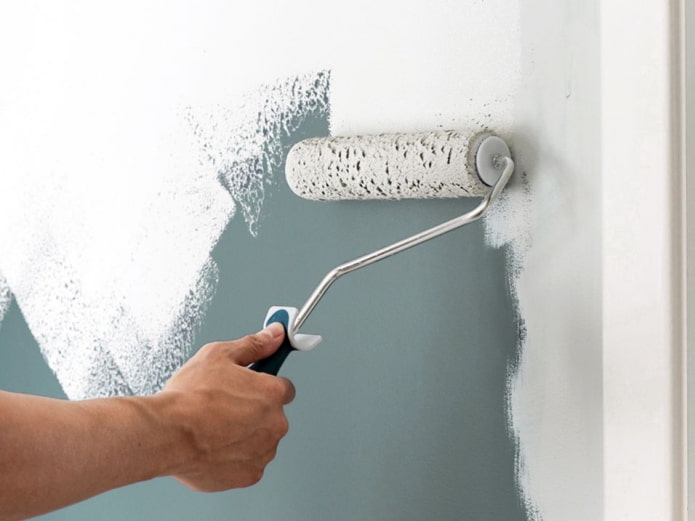
 10 practical tips for arranging a small kitchen in the country
10 practical tips for arranging a small kitchen in the country
 12 simple ideas for a small garden that will make it visually spacious
12 simple ideas for a small garden that will make it visually spacious
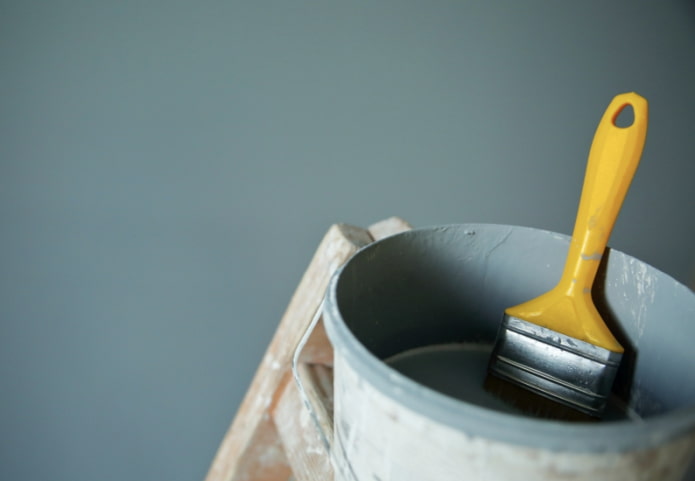
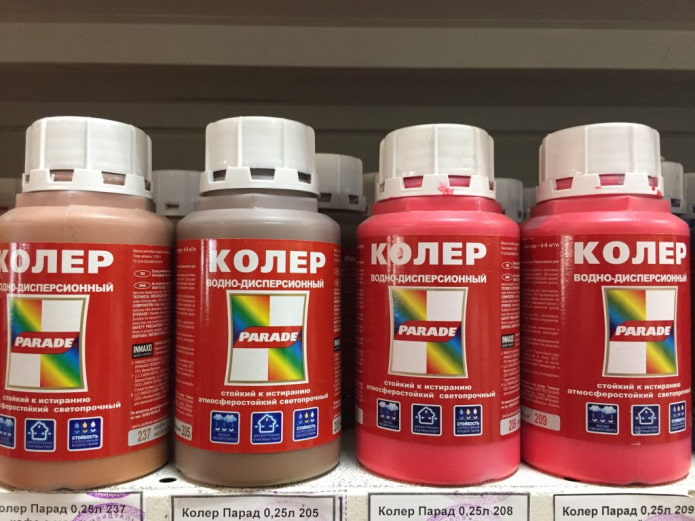

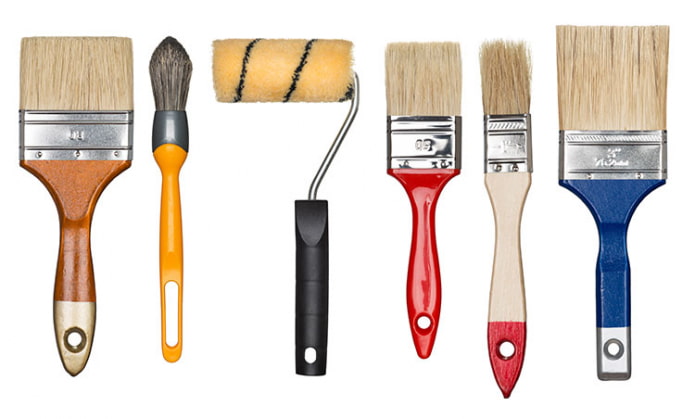
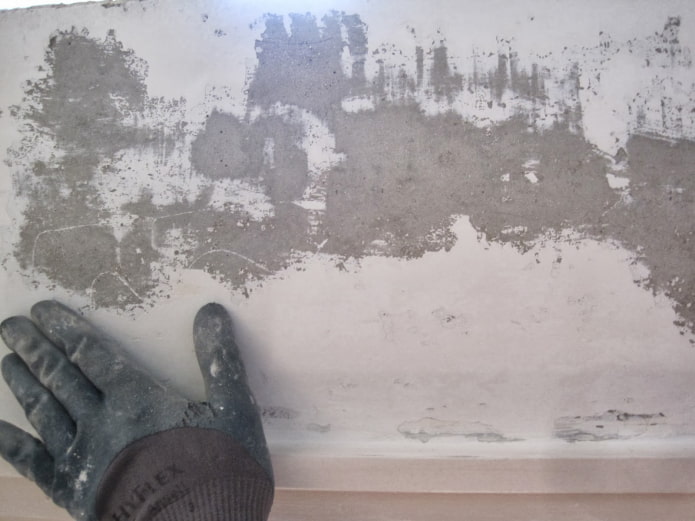
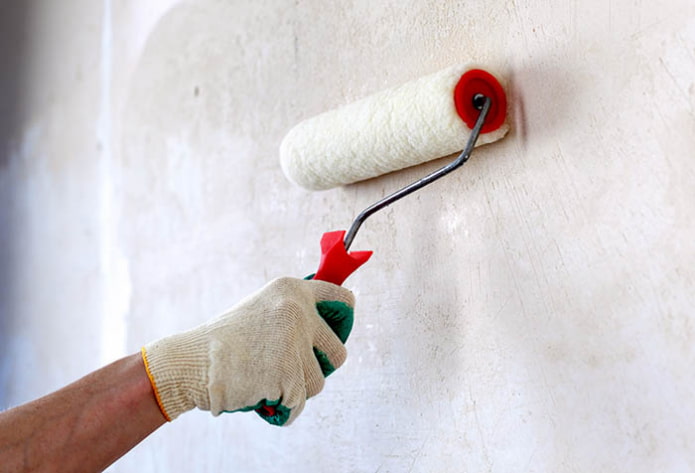
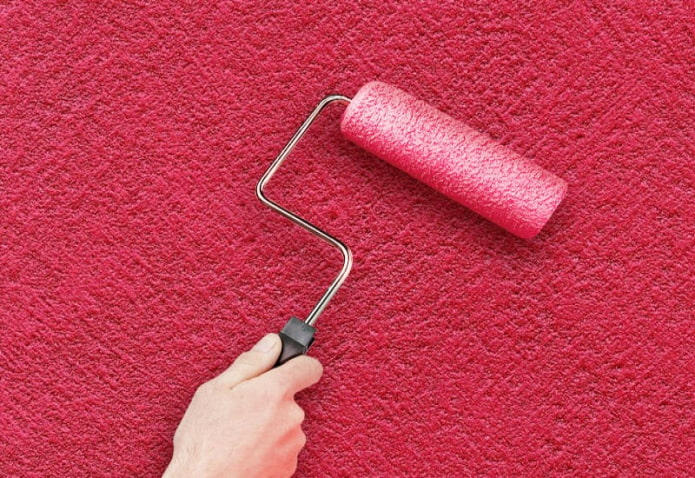
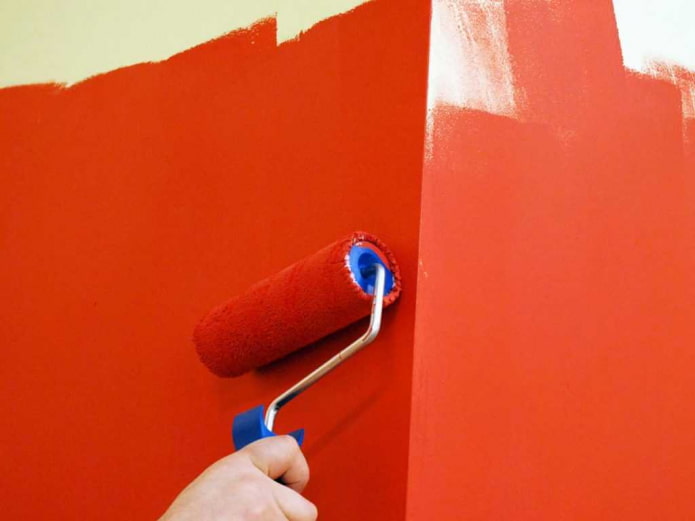
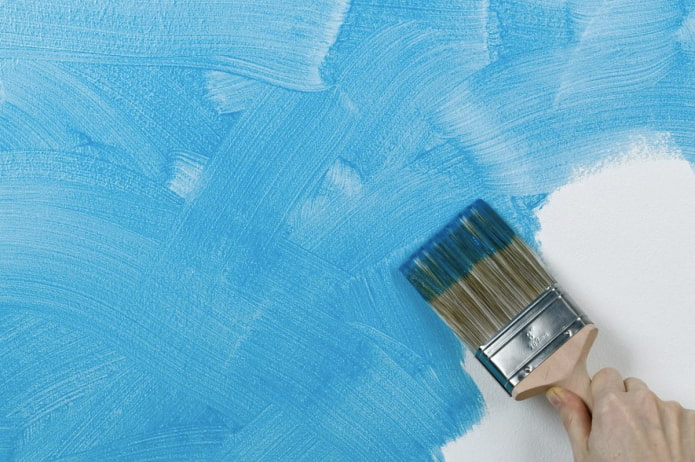

 What is better not to do it yourself during the repair?
What is better not to do it yourself during the repair? Bloated linoleum: how to fix it without disassembly
Bloated linoleum: how to fix it without disassembly The worst decisions in apartment renovation
The worst decisions in apartment renovation  Installation of ceiling tiles: choice of materials, preparation, order of work
Installation of ceiling tiles: choice of materials, preparation, order of work How to glue a ceiling plinth to a stretch ceiling?
How to glue a ceiling plinth to a stretch ceiling? Ceiling plinth for stretch ceiling: types, recommendations for selection
Ceiling plinth for stretch ceiling: types, recommendations for selection